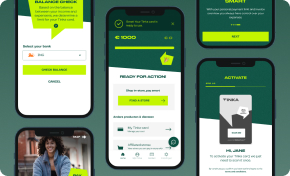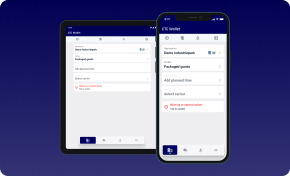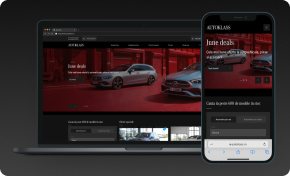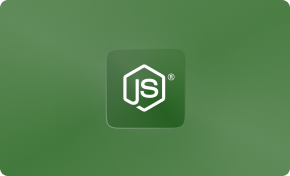Live video streaming apps and services are gaining popularity on social media and as collaboration tools. They offer individuals and companies a direct path to reach and engage followers in real time. Examples include Facebook Live and Periscope, which have revolutionized live streaming through their mobile-first approach, and seamless integration with existing social media platforms. These apps facilitate real-time feedback and interaction, enhancing both social media experiences and business operations.
In this guide, we’ll explore how to build a live video streaming app for mobile and web, examining various options and technology stacks to help you make informed decisions.
Choosing Between Self-Hosted and Managed Services
When building a live video streaming app, consider whether you prefer a self-hosted or a managed service solution. Factors to consider include:
- Development cost
- Hosting cost vs. managed service pricing
- Feature availability
- Integration with app features (authentication, social sharing, monetization, etc.)
- Scalability
Redefine Your IT Strategy with Our Consultancy
Customized Solutions for Optimal Performance
Discover IT ConsultingSome popular managed service solutions for live video streaming are Twilio, Amazon Chime, Brightcove, Livestream, Contus VPlay, DaCast, and IBM Cloud Video.
Custom vs. Open-Source Solutions
Depending on your budget and required features, you can choose between a custom-built or open-source solution. Custom-built solutions offer greater flexibility and control, while open-source options are more affordable but may have limitations.
Pros and cons of custom-built solutions:
- Flexible feature set
- Better tracking and control
- Easier integration with system ecosystem
- Higher development cost
- Requires ongoing maintenance
- Additional testing required
Pros and cons of open-source solutions:
- Lower development cost
- Less testing needed
- Availability of third-party extensions
- Rigid feature set
- Potential security vulnerabilities
- Integration challenges
Open-source video streaming solutions include Jitsi, Pidgin, and Openfire.
Cutting-Edge Custom Software Development for Your Success
Create Software That Meets Your Specific Requirements
Explore Custom SoftwareTechnology Stack for Developing a Live Video Streaming App
For a custom-developed solution, we recommend:
- Mobile apps: Swift (iOS), Kotlin (Android)
- Web apps: AngularJS, Express.js
- Hosting: Amazon Web Services (AWS)
- API server: Nginx, Node.js, Loopback
- Video transcoding: AWS Elastic Transcoder
- CDN: AWS CloudFront
- Database: MySQL, DynamoDB
- Real-time server: NodeJS, node-media-server, FFmpeg
- Monitoring: AWS Kinesis, AWS CloudWatch, AWS Elasticsearch, Kibana, Google Firebase Analytics
- Push notifications: Google Firebase Notifications
- Messaging queues: AWS Simple Queue System
For an open-source solution, we recommend Jitsi as the real-time video server. It supports up to 250 users in the same video call, screen sharing, full-featured chat, and more. Easy to deploy on AWS, Jitsi has SDKs for iOS, Android, and web apps. The recommended technology stack for a Jitsi-based solution is similar to the custom-developed solution.
Web Development for a Strong Digital Foundation
Build a Robust Online Platform with Our Expertise
Discover Web DevelopmentBuilding a live video streaming app for mobile and web involves several decisions, from choosing between self-hosted or managed services, to selecting a custom-built or open-source solution. By carefully considering your needs and resources, you can create an app that meets your requirements and provides an engaging user experience. If you’d like assistance or to test a Jitsi-based solution, feel free to contact us for support.










